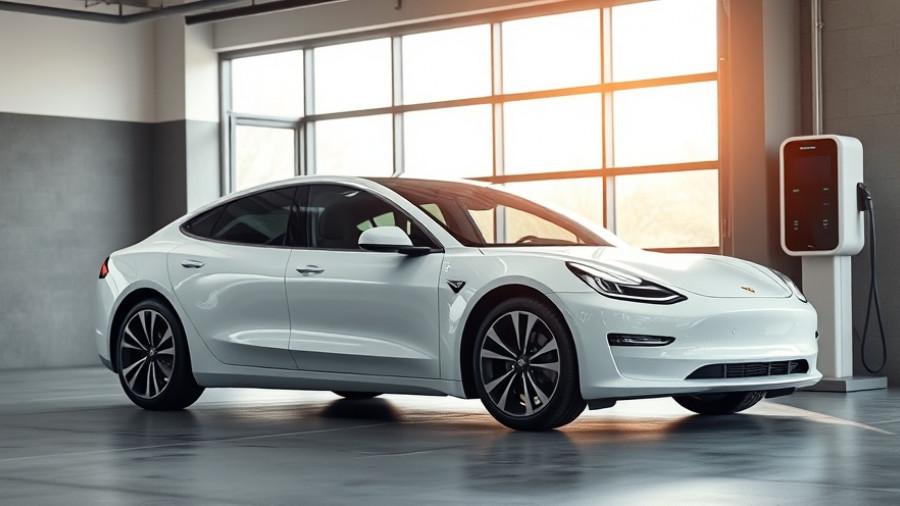
The Zeekr 7X Luxury SUV Unveils Groundbreaking 900-Volt Technology for Faster Electric Charging
As electric vehicles (EVs) continue to evolve, Zeekr, a subsidiary of Geely, is pushing the envelope with its latest model, the 7X, by upgrading to a pioneering 900-volt technology. This upgrade signifies a shift not just in battery capacity, but in how consumers will experience electric vehicle charging.
Understanding the Shift to 900-Volt Architecture
Zeekr’s decision to implement 900-volt architecture in the higher-end versions of the 7X SUV, which starts pre-sales this month, represents a remarkable progression from its previous 800-volt design seen in the earlier models. This change is not merely cosmetic; it enhances the vehicle's peak charging power, allowing for a staggering output of over 600 kW. Specifically, this advancement enables drivers to charge their vehicles from 10 to 80 percent in just ten minutes under ideal conditions—a feature that drastically reduces the downtime traditionally associated with EV charging.
Zoning In on Charging Efficiency: The 103 kWh 'Qilin' Battery
At the heart of this technological leap is the new 103 kWh battery, dubbed the 'Qilin'. This battery offers flexibility with both rear-wheel and all-wheel drive configurations. While maintaining an impressive charge rate of 6C, its capabilities promise rapid refreshment of energy storage—a boon for anyone considering solar integration. Homeowners and businesses that rely on solar or green energy will find the Zeekr 7X especially appealing, as higher charging efficiency translates into quicker turnaround times for electric fueling, enhancing energy management strategies that prioritize solar usage.
Performance That Matches Innovation
Performance metrics for the top-tier 7X variant illustrate the vehicle's enhanced capabilities. With a whopping system output of 585 kW, it achieves a blistering 0 to 100 km/h speed in just 2.98 seconds, showcasing not only the technical sophistication of the vehicle but also its prowess on the road. Furthermore, its range of 715 kilometers with moderate driving underscores Zeekr’s commitment to making EVs both practical and desirable for the modern driver.
The Future Role of EVs in Green Energy Solutions
The release of Zeekr's 7X aligns perfectly with broader trends advocating for sustainable transportation. As electric vehicles resistantly replace traditional internal combustion models, the emphasis on fast charging and longevity becomes crucial. For those invested in solar energy—be it households or corporate entities—the Zeekr 7X presents as a compelling addition to their sustainability toolkit, facilitating seamless integration of solar charging stations with advanced battery technology.
Conclusion: A Call to Explore the Future of Electric Mobility
In conclusion, the launch of the Zeekr 7X with its superior 900-volt technology marks a significant milestone in the realm of electric vehicles. As pre-sales commence and enthusiasts await the official launch on October 28, this SUV not only exemplifies engineering proficiency but also highlights the importance of aligning innovation with sustainable energy practices. Interested buyers, especially those utilizing solar energy solutions, should consider reserving their Zeekr 7X to be part of this electrifying journey towards a greener future. The potential for exceptional charging efficiency, outstanding performance, and eco-friendly driving experiences awaits—don't miss out on the opportunity.
 Add Row
Add Row  Add
Add 



Write A Comment